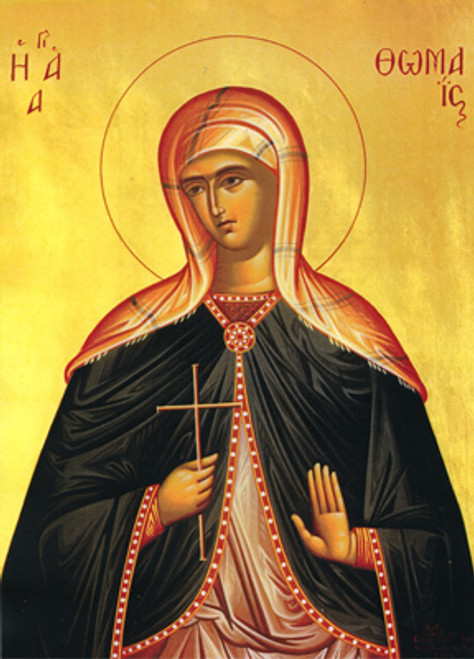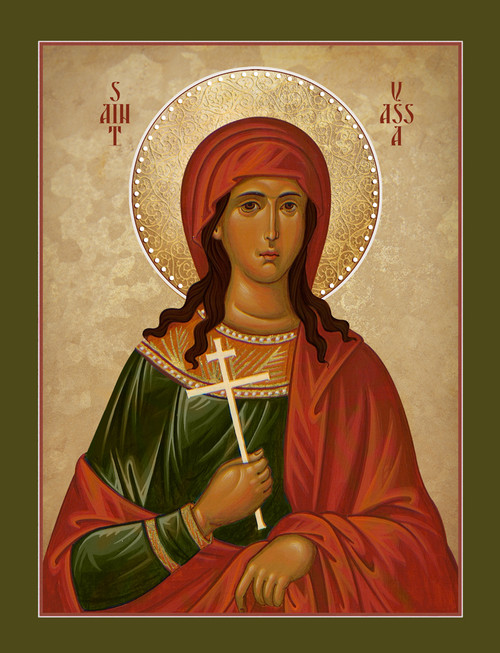Commemorated on January 30
According to Vita S. Bathildis, Balthild was born circa 626–627. She was beautiful, intelligent, modest and attentive to the needs of others. Balthild was sold into slavery as a young girl and served in the household of Erchinoald, the mayor of the palace of Neustria to Clovis. Erchinoald, whose wife had died, was attracted to Balthild and wanted to marry her, but she did not want to marry him. She hid herself away and waited until Erchinoald had remarried. Later, possibly because of Erchinoald, Clovis noticed her and asked for her hand in marriage.
Even as queen, Balthild remained humble and modest. She is famous for her charitable service and generous donations. From her donations, the abbeys of Corbie and Chelles were founded; it is likely that others such as Jumièges, Jouarre and Luxeuil were also founded by the queen. She provided support for Claudius of Besançon and his abbey in the Jura Mountains.
Balthild bore Clovis three children, all of whom became kings: Clotaire, Childeric and Theuderic.
When Clovis died (between 655 and 658), his eldest son Clotaire succeeded to the throne. His mother Balthild acted as the queen regent. As queen, she was a capable stateswoman. She abolished the practice of trading Christian slaves and strove to free children who had been sold into slavery. Balthild and Eligius, according to Dado, "worked together on their favourite charity, the buying and freeing of slaves". After a power struggle with mayor Ebroin, Balthild withdrew to her favourite Abbey of Chelles near Paris.
Balthild died on 30 January 680 and was buried at the Abbey of Chelles, east of Paris. Her Vita was written soon after her death, probably by one of the community of Chelles. The Vita Baldechildis/Vita Bathildis reginae Francorum in Monumenta Germania Historica, Scriptores Rerum Merovincarum, as with most of the vitae of royal Merovingian-era saints, provides some useful details for the historian. Her official cult began when her remains were transferred from the former abbey to a new church, in 833, under the auspices of Louis the Pious. Balthild was canonised by Pope Nicholas I, around 200 years after her death.







